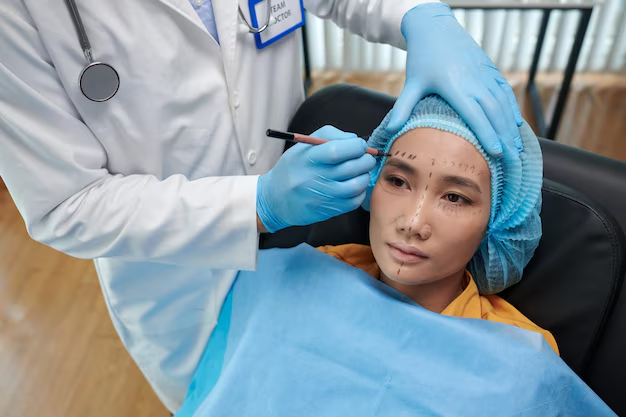Is Eyelid Surgery Covered by Medicare? Here's What You Need to Know
If you're considering eyelid surgery, you might be wondering if Medicare covers this procedure. Known medically as blepharoplasty, eyelid surgery can be categorized as either cosmetic or medically necessary, impacting whether Medicare might cover the costs.
When Does Medicare Cover Eyelid Surgery?
Medicare covers eyelid surgery only if it is deemed medically necessary. Typically, this is when drooping eyelids significantly impair your vision or when the procedure is deemed essential for eye health. In these cases, a thorough examination by your healthcare provider and documentation may be required to justify the need for surgery.
If the procedure is strictly for cosmetic purposes, Medicare will not cover it. This is because Medicare focuses on necessary medical interventions rather than elective cosmetic surgeries.
What Steps Should You Take?
Consult with your doctor: If your sagging eyelids are affecting your vision or eye health, discuss your symptoms with your healthcare provider.
Medical documentation: Ensure you have detailed documentation of how the condition impacts your daily life or health.
Pre-approval process: You may need to go through a pre-approval process with Medicare to establish the medical necessity of the procedure.
Choose your provider wisely: Ensure your surgeon accepts Medicare and that you're clear about which parts of the procedure will be covered.
Navigating the Financial Side
Understanding that Medicare may not cover your desired eyelid surgery prompts many to explore other financial assistance options. Here’s how you can make your healthcare journey more affordable:
Government Assistance Programs: Programs like Medicaid might offer partial or full coverage for procedures deemed necessary. Eligibility depends on your income and state guidelines.
Medical Loans: Many financial institutions offer medical-specific loans that can help cover procedures not paid for by your insurance.
Flexible Spending Accounts (FSA) or Health Savings Accounts (HSA): If you have access to these accounts through your employer, they can be a tax-advantaged way to pay for medical expenses.
Credit Card Solutions: Some patients opt for medical credit cards that offer zero or low-interest rates if the balance is paid within a set period.
Charitable Organizations and Grants: Certain nonprofits and foundations offer grants or financial assistance for medically necessary procedures that are not covered by insurance.
Understanding these options can help ease the financial burden of eyelid surgery not fully covered by Medicare.
Below is a quick guide to help you explore further financial assistance opportunities:
- 📋 Government Aid Programs: Check eligibility for Medicaid or state-specific health programs.
- 💳 Credit Solutions: Consider medical credit cards with promotional financing offers.
- 🏛 Medical Loans: Research loans specifically tailored for healthcare costs with competitive interest rates.
- 🏥 Flexible Spending Options: Utilize FSAs or HSAs for tax-free withdrawals on eligible medical expenses.
- 🤝 Nonprofit Assistance: Explore support from organizations dedicated to providing health-related financial aid.
By leveraging these resources, you can ensure that essential health procedures are within reach, allowing you to focus on what truly matters—your health and well-being.

Related Topics
- Am I Elgible For Medicare
- Am I Enrolled In Medicare
- Am I Qualified For Medicare
- Are Adult Diapers Covered By Medicare
- Are Chemotherapy Drugs Covered By Medicare Part d
- Are Colonoscopies Covered By Medicare
- Are Covid Tests Covered By Medicare
- Are Cpap Machines Covered By Medicare
- Are Cpap Supplies Covered By Medicare
- Are Dental Implants Covered By Medicare